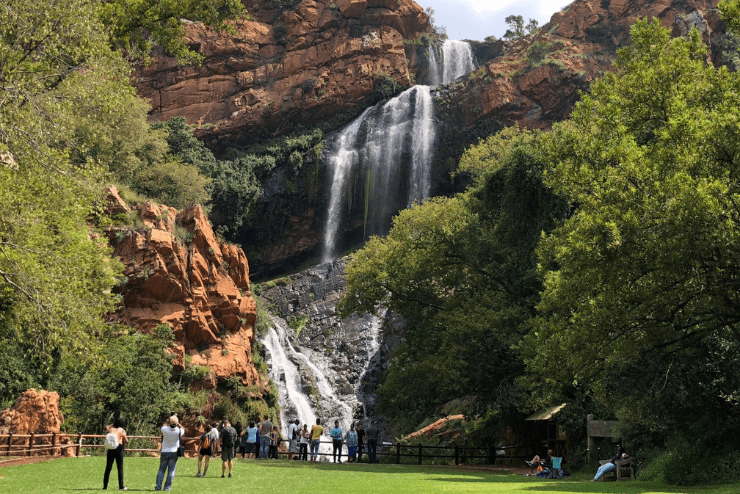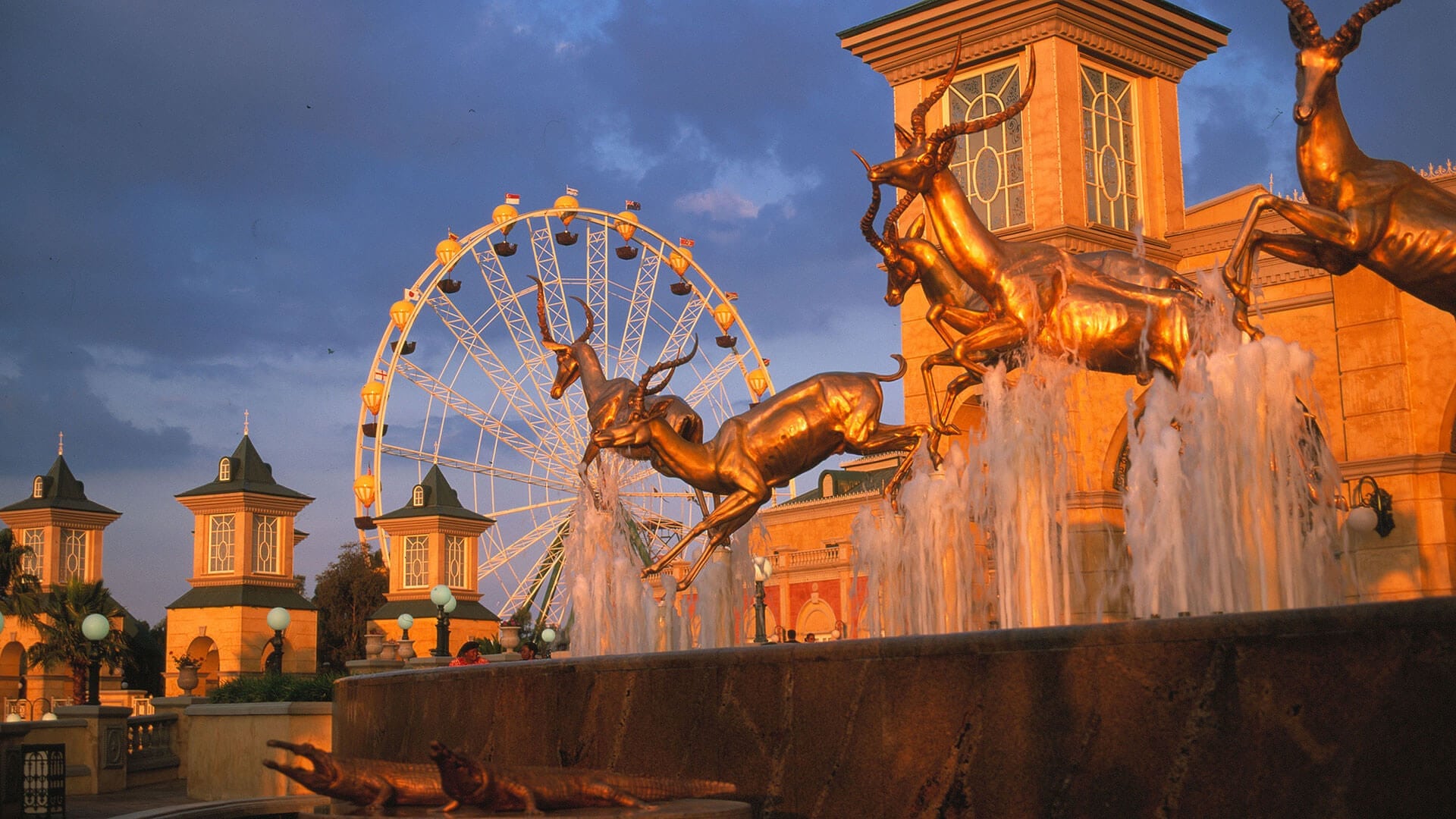The Facts About Johannesburg North Attractions Uncovered
The Facts About Johannesburg North Attractions Uncovered
Blog Article
The Basic Principles Of Johannesburg North Attractions
Table of ContentsThings about Johannesburg North AttractionsSome Known Questions About Johannesburg North Attractions.Johannesburg North Attractions Fundamentals ExplainedThe Best Strategy To Use For Johannesburg North AttractionsThe 8-Minute Rule for Johannesburg North AttractionsThe 5-Minute Rule for Johannesburg North Attractions
The city grew on the side of the Witwatersrand Main Reef, a subterranean stratum of gold-bearing quartz-silica empire that arcs for hundreds of miles under the Highveld - Johannesburg North attractions. Many of the gold mines in the city ceased procedure in the 1970s, however in its day the Witwatersrand gold industry accounted for even more than 40 percent of the world's yearly gold production.Johannesburg has a temperate environment. Summertime temperature levels balance about 75 F (24 C); winter temperature levels average regarding 55 F (13 C) and only periodically dip below cold. The city takes pleasure in about 8 hours of sunlight daily in both wintertime and summer. Rain standards regarding 28 inches (700 millimetres) per year, however the total differs considerably from year to year.
What rainfall the city obtains falls practically solely in the summer season months, often in incredible late-afternoon electric tornados., where several residents still rely on coal for fuel.

Johannesburg North Attractions Fundamentals Explained
The balance of the city is occupied by whites. Holiday accommodation varies in character and top quality. Soweto is notorious for its limitless rows of municipally constructed, two-room matchbox homes, yet it also has a few thriving territories in addition to brimming squatter camps, where tens of thousands live without water, electrical power, or hygiene centers.
Physical growth, although somewhat restricted by transport, proceeded quickly as immigration to South Africa, and Johannesburg particularly, raised drastically. This issue was addressed in the 1930s when the automobile was introduced in automation to South Africa. Vehicles were, essentially, restricted to the affluent, and allowed them to relocate to the north of the city and commute right into the centre.
Most inadequate suburban areas were mixed, with inadequate blacks and whites living together, although the rich residential areas were typically booked for whites.
The previous system of eleven phoned number regions was reorganised in 2006. Marshalltown, as seen from the top of the Carlton Centre. The M1 and M2 run behind the structures, and the southern suburban areas extend past the freeway boundary. The inner city of Johannesburg lies within the city's Region F. The approximated population of the region is 200,000, [] yet the number of individuals living in the internal city on a casual basis is unknown, as lots of are illegal immigrants. A lot of higher-income residents and white people have actually transferred to the northern residential areas and have been replaced by lower-income black individuals. The joblessness, education, and age accounts of the location are all unknown, because of the trouble of getting trusted info about the location.
What Does Johannesburg North Attractions Mean?
Centred on the CBD, the area consists of the residential areas of Yeoville, Bellevue, Troyeville, Jeppestown, and Berea to the eastern. To the west it infects Pageview (Johannesburg North attractions) and Fordsburg. There are little industrial locations to the south, such as City West-Denver and Benrose. Around 800,000 travelers travel through the inner city every day, and it works as a local purchasing node for visitors from the southern residential areas. Yeoville and Bellevue have a mix of apartment and single household devices on little lots. The area lies on a mountainous divide that ranges from east to west. One of the most noticeable geographic attribute is Observatory Ridge, which is called for the big observatory situated on it. The entertainment areas are no longer made use of, because of safety and security problems.

The 2-Minute Rule for Johannesburg North Attractions
The eastern suburban areas are some of the oldest locations of Johannesburg, there are large areas of Jewish and various other European backgrounds, the majority of the population is English talking. There are three golf training courses as well as a number of secured ridges with viewsites.
The area is primarily composed of old "matchbox" residences, or four-room homes built by the federal government, that were built to supply economical lodging for black workers during apartheid. Soweto is an acronym, standing for "South Western Townships". Street after road around is lined with matchboxes; nonetheless, there are a few smaller sized areas where thriving Sowetans have actually developed residences that are a lot more comparable in stature with those in more wealthy suburban areas.
Hostels go to this web-site are an additional prominent physical attribute of Soweto. Originally constructed to house male migrant workers, many have actually been boosted as homes for pairs and families. The N1 Western Bypass skirts the eastern border of Soweto. The suburban area was not historically allowed to produce employment centres within the area, so nearly all of its homeowners are commuters to other components of the city.
Little Known Questions About Johannesburg North Attractions.
The household areas in click here to read the north suburbs are mostly formal, with no significant locations of casual housing, or real estate that lacks an irreversible structure. This is an established location, there is a trend of land usage adjustment from domestic to business, especially along major arterial roads and around well-known nodes.
Roads to the east and west are additional hints less well established, as there are no highways taking a trip in that direction. Towards the north boundary of the city, the density of advancement reduces, leaving huge areas of primitive land around Midrand.
All About Johannesburg North Attractions
, which is located on a hill neglecting the inner city and Hillbrow.
Report this page